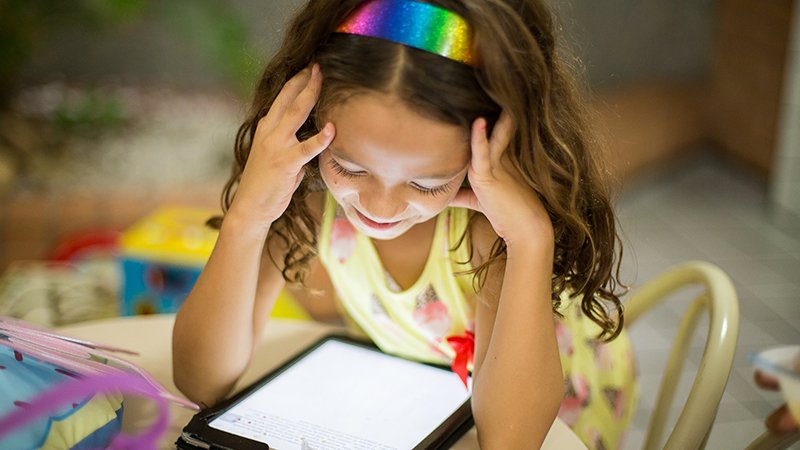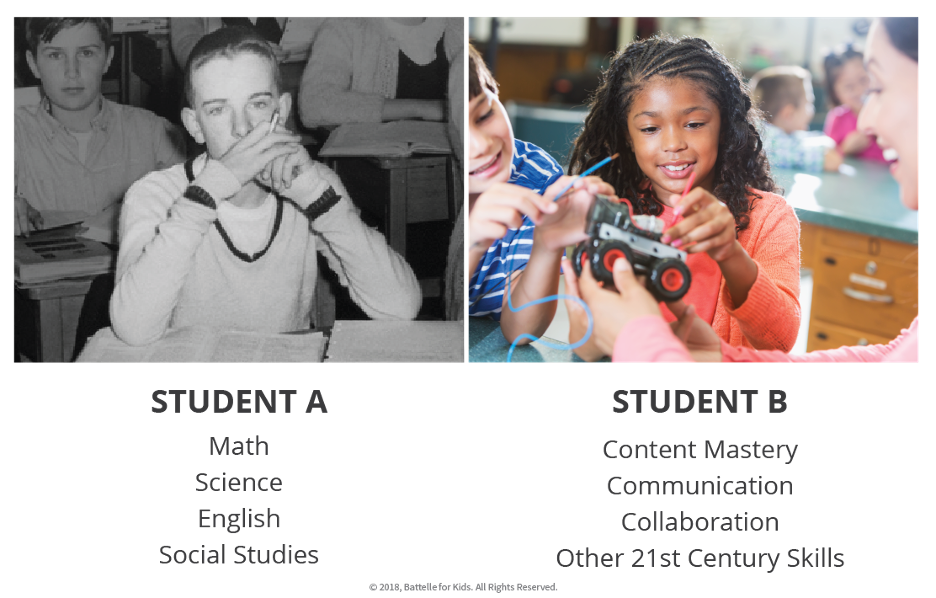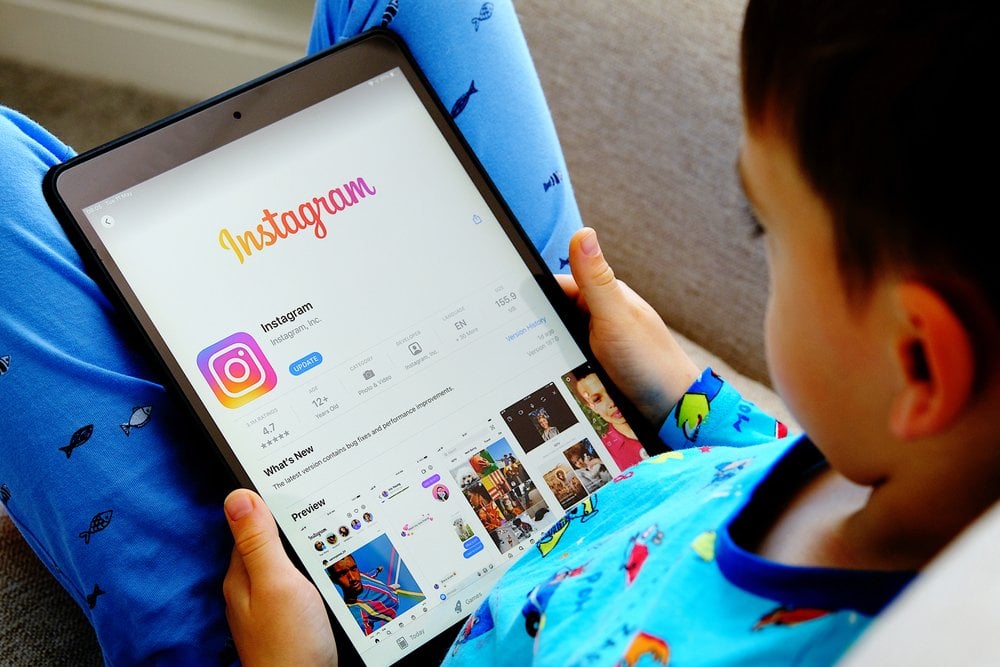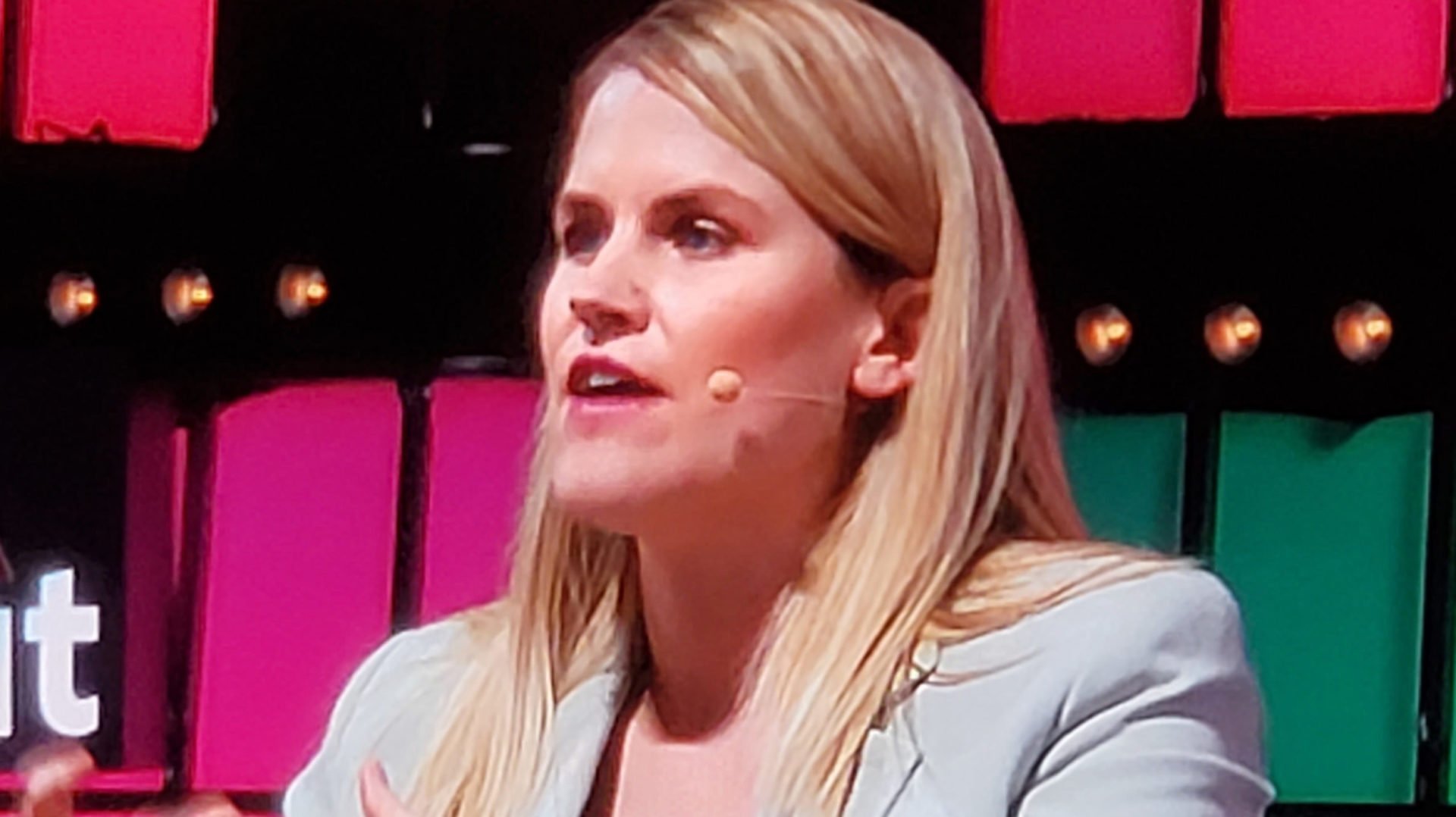This summer, my colleague David Kleeman explained how kids kickstarted the metaverse. The habits and practices that go along with metaversal life are already spawning a mosh pit of ideas about digital ownership, like a recognition of the value of digital accessories as well as, of course, in-game currencies.
Now we’re seeing strange phenomena. Instead of kids wanting to age up (like in the old days when most readers of Seventeen magazine were actually thirteen, for example) we’re seeing older folks (myself included) aging down, trying desperately to make friends in Roblox, grok Discord, and pass themselves off as anything but newbies in VR Chat. (Accompanying soundtrack: Neil Young singing “You can be twenty on Sugar Mountain.”).

Thanks to the behavior of babes, we’re seeing the formation of a new Internet, based on their patterns of online play. That raises the dander of long-time children’s internet safety activists like Parry Aftab, an attorney. In an email, she writes, “The time to start thinking about human risks and cyber safety is before the first code is written. Surveys and audits must be designed and conducted to anticipate human risks and apply ways to address them.” Role-playing and virtual reality worlds and identities aren’t new, she reminds me. And neither are the risks associated with their use and misuse. Her Cybersafety Group is working to codify appropriate guardrails for metaverse systems.
Stephen Balkam, founder and CEO of the well-respected Family Online Safety Institute, also likens these early metaverse days to the early web and the onset of social media. “This new platform that incorporates VR and AR is not being built with kids and safety in mind. Meta and the many other players in this space will need to incorporate the thinking and expertise of a wide range of child safety experts, psychologists, educators and ordinary parents as they build out this next great iteration of the Internet.”
Many early metaverses (Second Life being the exception) were born with a focus on kids. Minecraft was created in 2009, bought by Microsoft in 2019, and morphed into a collaborative immersive play space. Roblox appeared slightly earlier, beginning its life as a kid’s playground where you earned in-game currency called Robux. Players can now buy, sell, and create virtual items to decorate their virtual characters on the platform. A few enterprising Roblox kids moved beyond spectators, designing their own games and items for sale. The interesting thing about Roblox’s monetization model is that all kids can roam around freely, but only Premium members and able to build and sell things.

Roblox may be the shining star, but there is no shortage of earlier games that groomed kids for today’s online avatar-based collaborative adventures. Communities like Neopets and Club Penguin (which was discontinued in 2017) informed many of today’s online rambles.
Here’s the generational rub. After going public in March, Roblox has its eyes on the next prize — an older audience. New advertisers like Vans and Gucci are building their own Roblox worlds on the site. Recent Roblox concerts included Twenty One Pilots and Lil Nas (watch and listen at those links). Roblox executives like Tami Bhaumik, who I spoke with, are touting the move to serve an older audience, saying that they’re following its users. And they’re succeeding. According to AdWeek, the company recently reported that it has as many users over age 13 as under it, and revenues are growing commensurately.
Visions of COPA
Why move away from the kids audience? Because we have a body of laws that governs how media (including TV and online) can interact with and market to kids. In 1998, Congress enacted the Children’s Online Privacy and Protection Act (COPPA) to give the FTC power to enforce safety guidelines for websites with children under the age of 13 as their audience. The list of responsibilities includes parental permissions, no data collection, and restrictions on inappropriate marketing. What upshot? Some of the bigger sites for kids, like Disney, Sesame Street, Nick, and YouTube, for example, invested in ways to obtain parental permissions and became COPPA compliant. But thousands of other software creators (CDs, DVDs, and apps were very prevalent at that time) were forced to either shutter or stop servicing kids under 13. The unintended consequence of enacting a law to make the Internet safer for kids was to drive companies away from their market because of the expense of compliance.
Today COPPA is woefully out of date, with nary a word about avatars or in-game currency. History repeats itself. In-game currencies like the one on Roblox or digital wallets that hold cryptocurrencies or store non-fungible tokens are the stuff this new Web is made of. In bygone days, a responsible parent would shell out tangible $60 for a tangible DVD or CD game. Today they’d need to open a digital wallet, maybe with some Ethereum or Solana coin to spend, and put their kids on a fixed allowance (one sword or accessory per week?).
And yet despite the technical hurdles, parents tell me that kids are spending digital currency on digital things. “My 15-year-old doesn’t call it the metaverse. He calls it ‘playing with his friends,’” said William Tustin, principal of Chicken Waffle, an AR/VR company. Dubit, the consultancy and research firm where Kleeman works, is hard at work researching how kids will interact with the metaverse, even conducting focus groups in Roblox (the first one was designed as an elaborate pirate ship, by the way). Kleeman finds there’s been “a huge jump in the number of households subscribing to online games” (up 47% compared to a year ago).
Kleeman sees parents giving more credence to the burgeoning online world, including the metaverse. “A number of things have happened to make parents more comfortable with kids spending digital dollars,” he continues. “During the pandemic, families had no choice but to use digital innovations to see movie premieres, when cinemas were closed, or to watch virtual events in virtual games instead of attending attractions and events in-person.” Digital entertainment ‘tapped’ into the dollars that families used to spend on physical attractions and events. In the future families will weigh the convenience of at-home versus the experience of going to a venue, attraction or event.” The study also found a generation gap among parents, with young ones who grew up on games being more comfortable with concepts like the metaverse and digital allowance.
I see caution flags about how kids will be catered to in this new world everywhere. A new kids TV series is being created based on the Robotos NFT. AMC theatres are using NFTs to help sell tickets to the new Spiderman movie. There’s even a new magazine focusing on NFTS for and by kids.
Organizations like Aftab’s Cybersafety Group, Dubit and others like the Futures Commission can play a big role in developing rules of the road for protecting kids in the metaverse. But now that we’re all big babies in the metaverse, it’s time to make sure we’re minding the real babies with a lot more intention.















